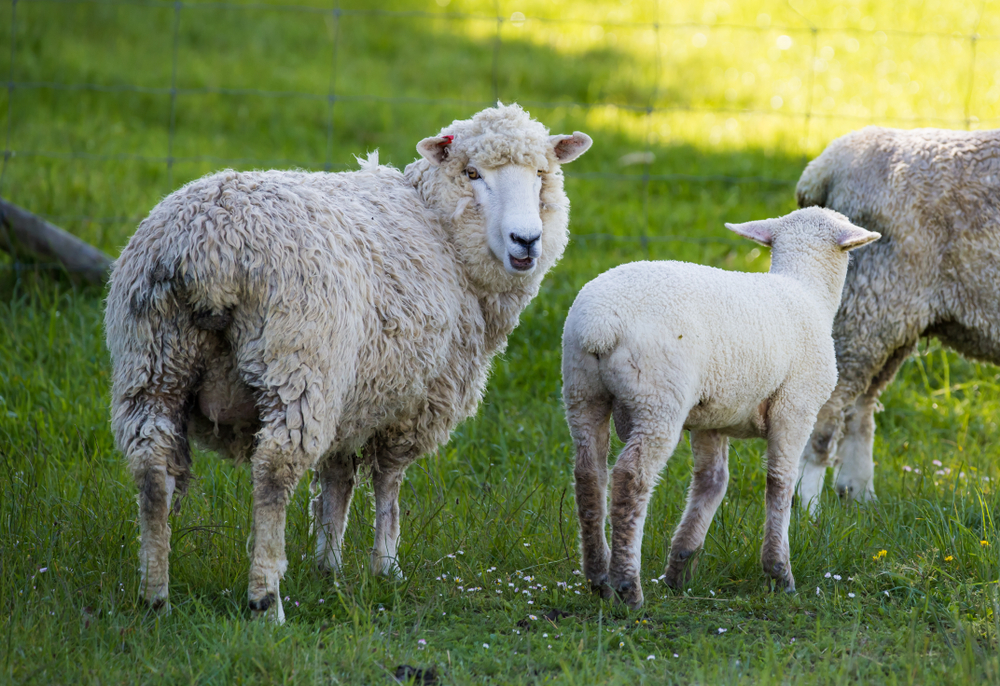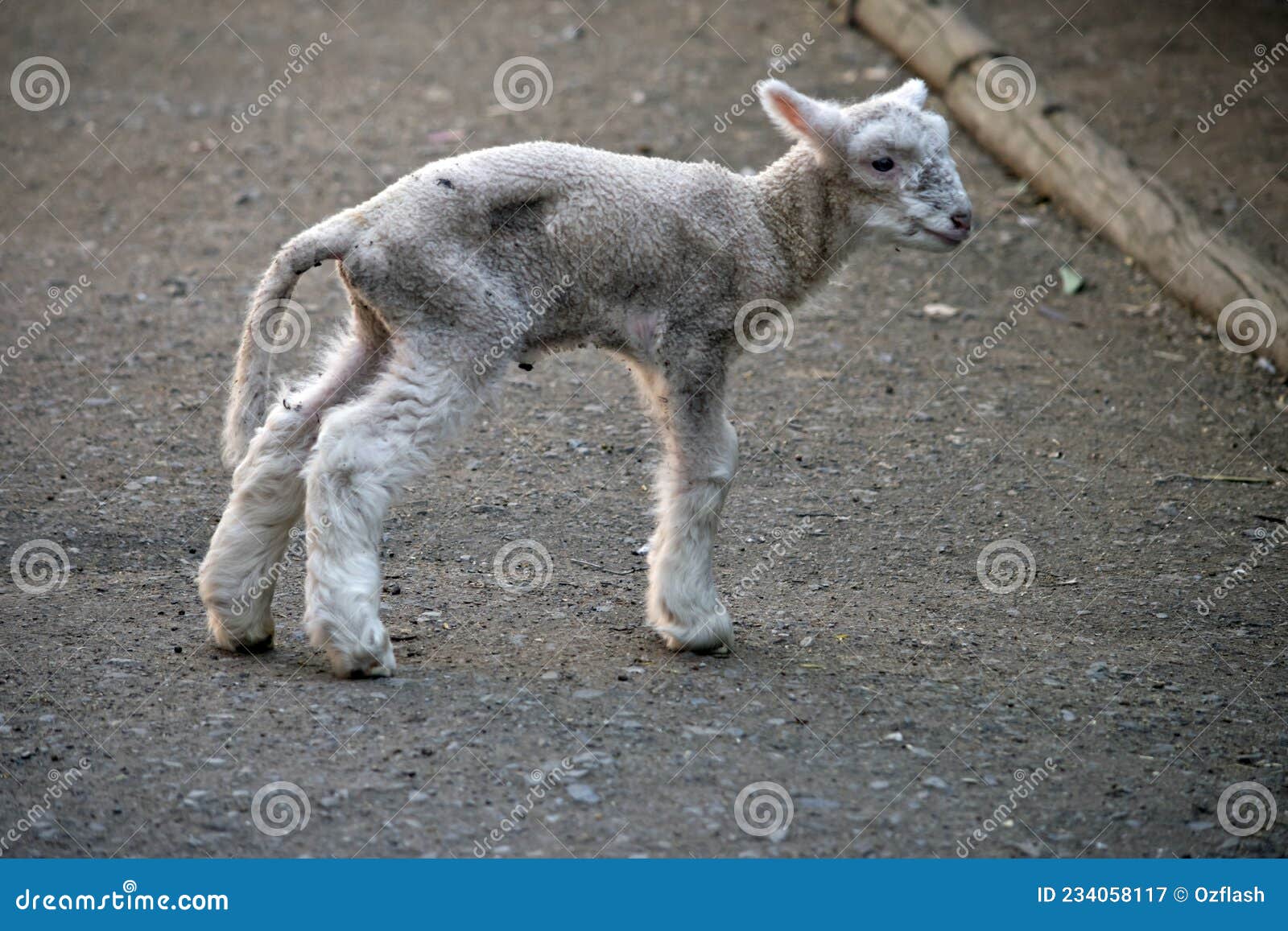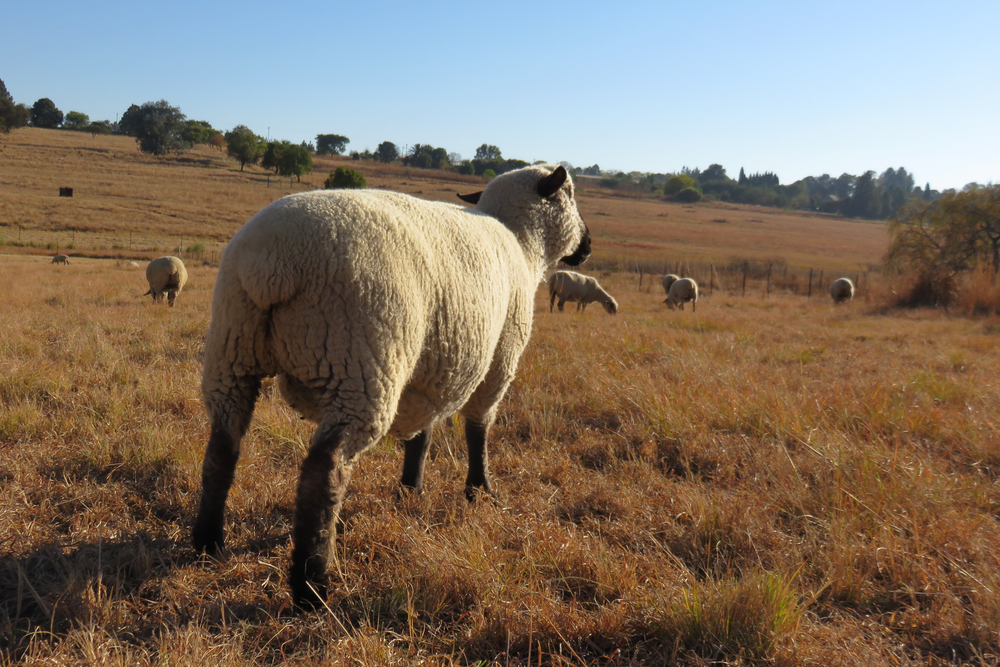Is tail docking in lambs a necessary evil, or a justified practice? The answer, while complex, often leans toward the latter, driven by practical considerations of animal welfare and market demands.
From the moment of birth, lambs possess tails, a natural appendage as inherent to their anatomy as any other feature. However, this seemingly innocuous body part has become the subject of ongoing debate and scrutiny within the sheep farming community. The practice of tail docking, the intentional shortening or removal of a lamb's tail, is widespread, yet it raises ethical questions and prompts discussions about the best practices for animal husbandry.
The genetic influence on tail length is substantial. In fact, tail length is one of the most heritable traits in sheep, with genetics accounting for a significant portionup to 84 percentof the variation observed. This means that the length of a lamb's tail is largely determined by the genetic makeup of its parents. If both parents have short tails, the offspring are likely to inherit this trait, and vice versa.
While aesthetic standards may play a role in show lambs, the average shepherd's motivation for tail docking is primarily rooted in practicality. Lambs' tails can become a magnet for excreted feces and urine, providing a moist environment that is conducive to the growth of bacteria and the attraction of flies. This can lead to a condition known as flystrike, a potentially deadly infestation that causes significant suffering for the animal.
Farmers are often driven to docking the tails of their lambs by the market's requirements. "Dock your lambs or the market will" is a common saying among shepherds. However, understanding the needs and preferences of your target customers is critical. Some markets may demand docked tails, while others, particularly those catering to specific ethnic groups, may prefer undocked lambs.
The procedure usually takes place when the lamb is young, between 1 to 7 days of age. Tail docking is performed by cutting the tail or by cutting off circulation so that the tail falls off on its own. The most popular technique involves the use of an elastrator to apply a rubber ring to the tail. This cuts off the blood supply, and the tail falls off within a few weeks.
The tail docking of lambs, whilst commonly practiced, also has an effect on the lamb's behaviour and stress levels. Studies have shown that tail docking results in pain posturing, crying, screaming, and an increase in stress. However, there is still debate over which docking method causes the least pain,.
Several tools can be used for this procedure. One common approach is to use an elastrator to apply a specially designed rubber band to the tail. Another method involves using a hot docking iron to cauterize the tail. The goal is to shorten the tail, typically to a length of around 0.7 inches, with the cut being made at the third or fourth vertebrae. This leaves the adult sheep with a tail that is four to six inches long.
Lambs are born with tails and the tail length, as has been previously stated, is a heritable trait. However, there are differences between breeds. Certain breeds are bred for long tails, and these are usually docked. Others, such as the Dorper breed, are bred to be naturally short-tailed. This means that the lambs are born with a short tail, and no docking is required.
Tail docking is a common practice in sheep farming, especially for lambs. The aim is to reduce flystrike. It is a significant welfare consideration in many sheep-rearing operations.
The practice of tail docking is not without its critics, and there are ongoing discussions about animal welfare considerations. However, it remains a standard procedure in many sheep farms.
| Aspect | Details |
|---|---|
| Definition | The intentional removal or shortening of a lamb's tail. |
| Primary Reasons |
|
| Common Methods |
|
| Timing | Typically performed on lambs aged 1 to 7 days. |
| Tail Length After Docking | Usually around 0.7 inches, leaving a functional tail length. |
| Animal Welfare Considerations |
|
| Alternatives |
|
| Market Implications | Market demand varies, requiring producers to know customer preferences. |
| Legal and Ethical Considerations |
|
Reference Website: Merck Veterinary Manual
Its worth noting that this is just one aspect of the wider field of animal husbandry, but it's an important one that often gets overlooked when people are discussing agricultural topics.



Detail Author:
- Name : Prof. Brennon Ledner Sr.
- Username : daija26
- Email : torp.ransom@weber.com
- Birthdate : 1991-05-14
- Address : 95371 Ellsworth Knoll Apt. 127 West Pamelaland, NE 81870-9809
- Phone : +1.248.223.3051
- Company : Lakin LLC
- Job : Respiratory Therapist
- Bio : Voluptatum quo quisquam non rerum in eum. Quam fugiat occaecati suscipit reprehenderit. Mollitia est consequuntur ipsum deleniti. Enim qui id provident et.
Socials
linkedin:
- url : https://linkedin.com/in/moshe_gleichner
- username : moshe_gleichner
- bio : Voluptatibus mollitia non officiis est.
- followers : 1309
- following : 2022
tiktok:
- url : https://tiktok.com/@moshegleichner
- username : moshegleichner
- bio : Error quia et ad cupiditate. Consectetur nemo nam facere perferendis.
- followers : 2224
- following : 309
instagram:
- url : https://instagram.com/gleichner1974
- username : gleichner1974
- bio : Molestiae animi blanditiis dolores recusandae maiores quidem iste. Est alias sint alias sunt et.
- followers : 4590
- following : 1064